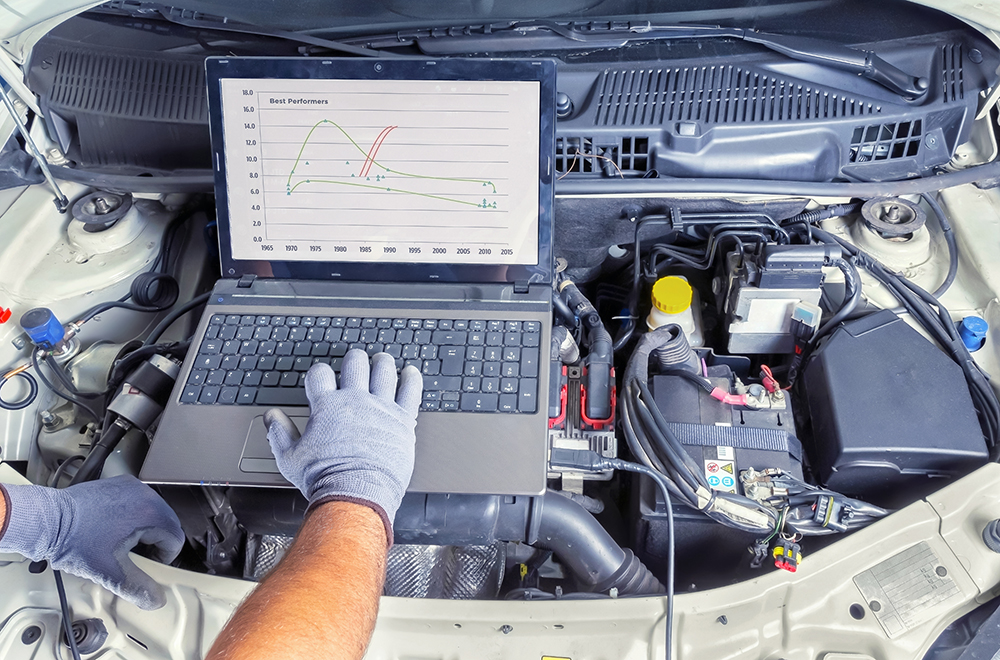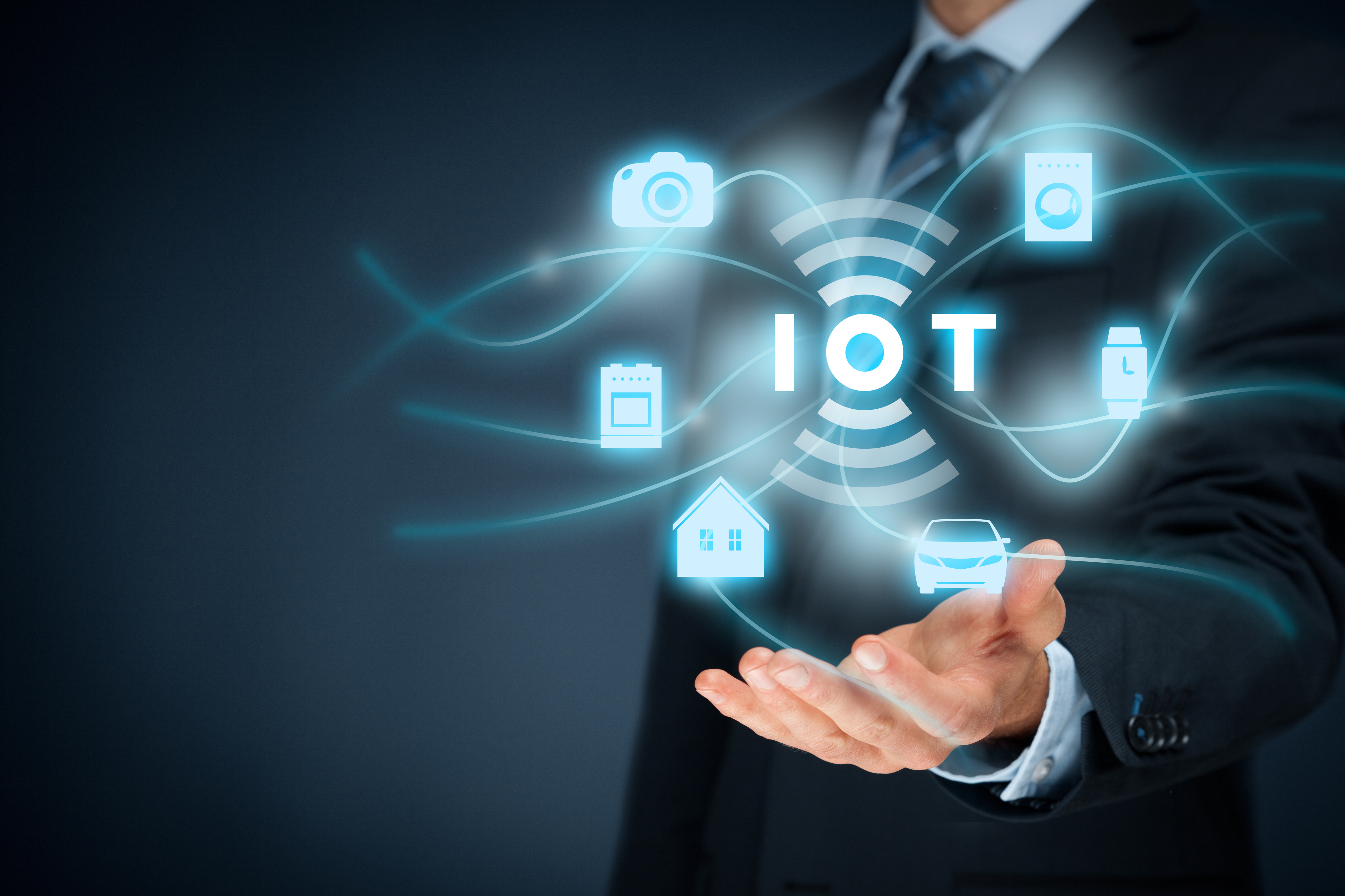Communication and connectivity are terms rooted in person-to-person relationships but the Internet of Things (IoT) has shifted that to a device-to-device and machine-to-machine relationship.
In 2002, Forbes magazine published an article entitled “The Internet of Things,” which talked about a “standardized way for computers to understand the world.” Although discussions about an internet of things had taken place for years before, this was one of the first public reveals of this now ubiquitous term. Things have progressed exponentially in the past fifteen years, with businesses evolving from the development of new, innovative devices to the interconnectivity of these devices within the ever-changing sphere of the internet. Much like the industrial age, the digital age has brought unprecedented change at a seemingly light-year pace, with many innovations disruptive not just of previous norms, but of entire industries as well.
Our industry has not been immune to these changes. In the truck transportation industry, there has been no shortage of technological innovation. Over the past two decades, we’ve witnessed a truck transformation from big-rig, fuel-guzzling, NOX-emitting plow horses to efficient, clean, computer-powered thoroughbreds. Electronic componentry has enabled increased fuel efficiency, enhanced driver and public safety, and reduced greenhouse gas emissions, albeit some unintended resulting challenges in exhaust filtration and diagnostic maintenance remain to be completely resolved.
But today’s trucks are a lot more than simply freight moving machines. They’ve become information hubs on wheels, instantaneously transmitting valuable data to maintenance shops, dispatch offices, third party transportation companies, distribution centers, as well as various supply chain participants and, most importantly, customers. While the benefits to private fleets and trucking companies are many and the future holds limitless possibilities for further gains, the next stage of development will be around solving the dilemma of interoperability among various technologies inhabiting this space. This is the very essence of IoT.
I mentioned in the beginning of this blog the Forbes article discussing the need for a standardized way for computers to understand the world. Now, with devices from cell phones to tablets to ELDs being manufactured by so many different companies with so many different operating systems, standards, and protocols, there is a vital need for a standardized way for those devices to connect with one another. An article published earlier this year in FleetOwner deals with this issue and reveals the problems that can arise from a lack of interconnectivity. The article quotes Joonho Park, executive director of the Open Connectivity Foundation, who stated at the 2017 Consumer Electronics Show (CES) in Las Vegas, “Currently, IoT vendors are faced with multiple, competing de facto standards and protocols from which they must choose causing fragmentation in the marketplace that often hampers the ability of devices from multiple manufacturers to interoperate.”
Technology companies, from an endless line of venture-backed start-ups to well-established leaders in the industry, are well aware of this problem and are focused on solving it. At the same time, original equipment manufacturers from recognized global leaders in the industry to emerging entrepreneurs consider proprietary, vertically integrated offerings. Amidst this “wild west” environment of innovation, all agree that there’s a need for a common language standard in order for these competing products to connect more seamlessly in order to fulfill the promise of IoT. But then, free-market capitalism, in general, has a way of resolving these issues as new businesses will emerge and industry participants will be bought and sold, so hope springs eternal.
How will the IoT impact the current driver shortage that plagues the industry? I’ll cover that in the second half of this series in next week’s blog.





